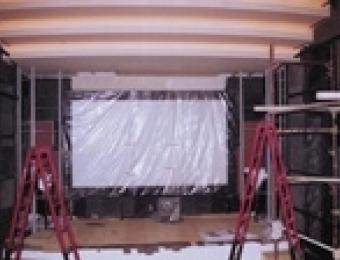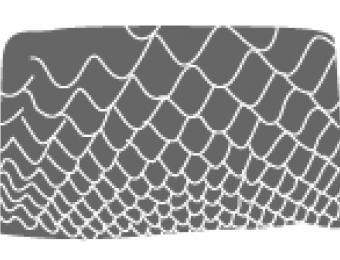
What is soundproofing?
Soundproofing is the term used for any insulative material used for the purpose of isolating sound. This can take the form of specialised wall coverings and layers of acoustic matting being slotted between a home's framing elements, to simple considerations like thicker underlay beneath the carpet or some weather stripping around doors.
What's the difference between soundproofing and acoustic treatments?
Soundproofing is used specifically to control and isolate sound, usually from an unwanted source like a noisy highway or nearby industrial machinery. Acoustic treatments, however, are more specialised and generally focus only on one room to enhance and redirect sound to where it’s wanted. Acoustic treatments are commonly applied to home theatres and listening rooms - areas where the direction and flow of sound is considered to be very important.
Why is soundproofing important?
The importance of soundproofing in your housing design cannot be underestimated; the earlier on you plan for this, the easier it is to achieve effectively. Isolating the noise from a loud home theatre, for example, will pay big dividends with the neighbours further down the track, and can ensure the rest of your home is unaffected too. When your house is directly next to a highway or other busy transport hub, decent soundproofing may mean the difference between frustrating, sleepless night and peaceful rest.
Where does sound enter and exit a home?
The real acoustic vulnerabilities for any home are normally in the windows, ceilings and floors - the latter two being of particular importance in multi-dwelling or storeyed buildings. Windows can be protected against sound using double glazing, especially if it’s vacuum sealed, or specially laminated glass designed to reduce the transmission of certain frequencies of sound. Ceilings and floors are a little more complicated to protect against noise transmission, but a lot can be done to mitigate sound transmission through these building elements too.
What sorts of materials are used for soundproofing?
Materials like recycled rubber are commonly used for soundproofing, especially as inserts in walls and underlay. Other uses can see composite rubber combined within the framing design itself to act as an acoustic break, stopping mechanical sound transmission. Other materials like specially designed plasterboard and soundproofing glues can be incorporated into building elements to add additional sound isolation where it's needed.





